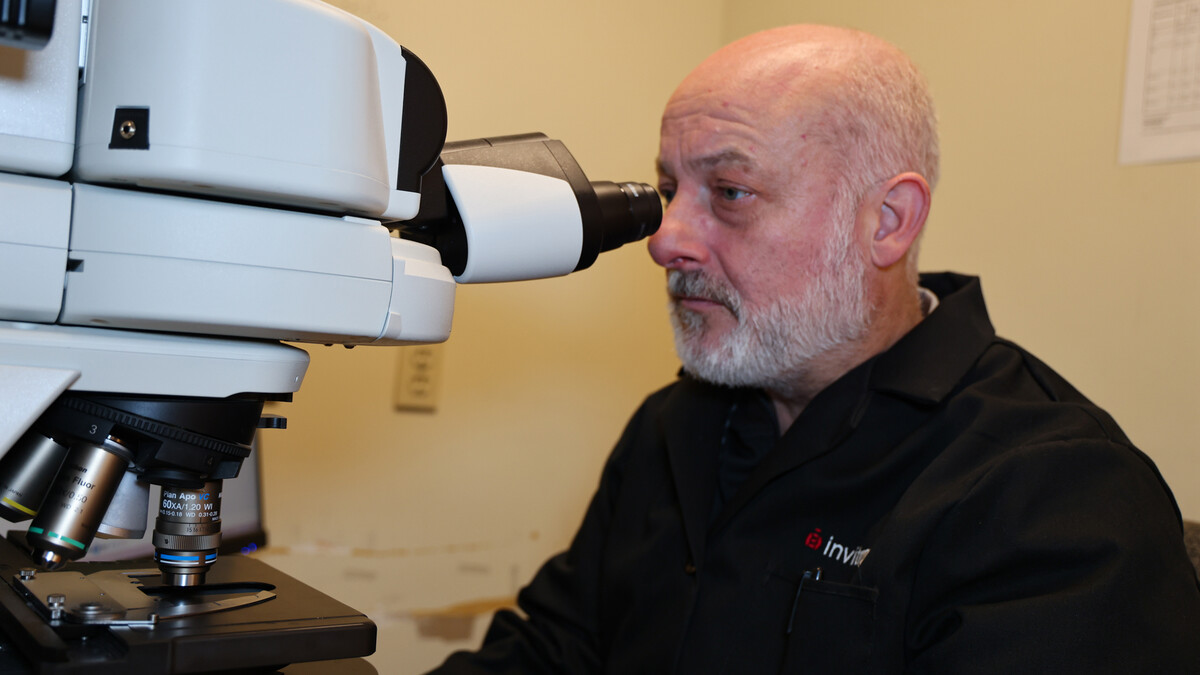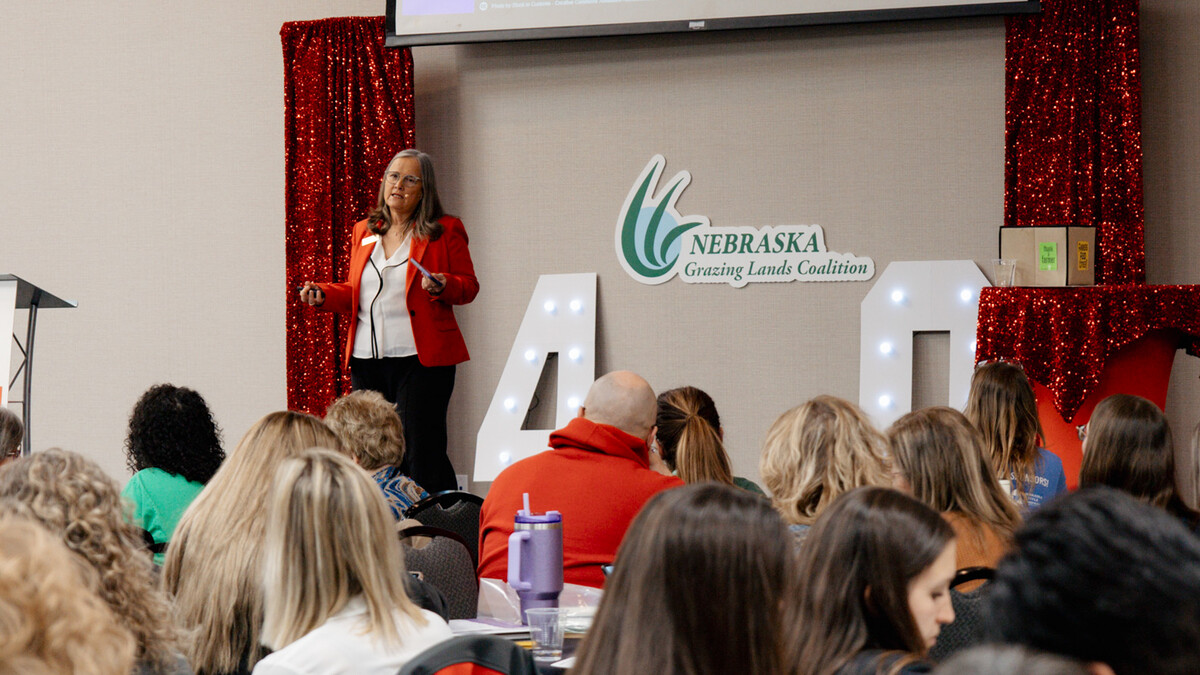Aug. 18, 2014
LINCOLN, Neb. — School is back in session, and that means it's time to review school lunch food safety, a University of Nebraska-Lincoln Extension food safety specialist says.
"Nothing is worse than starting off the school year with kids with a foodborne illness," said Julie Albrecht, food safety specialist in the university's Institute of Agriculture and Natural Resources.
Albrecht recommends following these facts and tips from STOP Foodborne Illness:
– Bacteria danger zone. Bacteria grow rapidly in the temperature "danger zone" of 40-140 degrees Fahrenheit.
– Wash hands. When preparing lunches, wash hands thoroughly and keep all surfaces clean. Seeing adults in the habit of washing hands before and after preparing or eating food is an invaluable safety lesson for children. Use this as an opportunity to explain the importance of hand washing in preventing foodborne illness.
– Use an insulated lunch box. Whether hard-sided or soft, this will help keep cold foods cold and hot foods hot until it's time to eat them. The best option is one with an insulated lining and a pocket for a thin freezer pack. Using an insulated box will help keep children's food out of the bacteria growth "danger zone."
– Use ice packs. These inexpensive food safety "must-haves" help keep cold foods cold and can be had for about $1 each.
– Use an insulated thermos. This keeps hot foods hot like soups, chili or macaroni and cheese.
– Freeze drinks before packing. Frozen milk, juice boxes and water bottles will help keep the drinks cold, along with other cold foods you've packed.
– Pack hot foods while hot. Don't wait for hot foods to cool down before packing. This puts them in the temperature "danger zone" where bacteria multiply. Instead, pour piping hot foods like soups immediately into an insulated thermos. A thermos also can be preheated by filling it with boiling water, letting it sit for a few minutes, pouring out the water, and then adding your hot food.
– Wash and separate fresh fruits/veggies. Be sure to wash these foods thoroughly before packing them in the lunch using plastic bags or containers to keep them away from other items.
– Use individual snack packs. To help prevent the spread of germs, these are recommended. Portions packed from larger bags of items like pretzels, chips, and cookies means potential exposure to bacteria from many hands that have been in and out of the bag.
– Add room-temperature-safe foods. Some foods don't need to be refrigerated to be safe. Peanut butter, jelly, cookies, crackers, chips, dried fruit and certain whole fruits (bananas, apples and oranges) can be eaten safely at room temperature. When packing fruits like apples with skins that will be eaten, be sure they have been washed first.
– Encourage children to wash their hands. Before and after eating their lunch, stress how important it is to wash their hands. Hand washing is best, but wet wipes or hand sanitizer will work in a pinch.
– Explain the five-second myth. Be sure children child know that the "five-second rule" is a myth. Any food that touches the floor needs to be thrown away.
– Toss perishable food. If not eaten at lunchtime, let children know to throw away perishables like meat, poultry or egg sandwiches. Unopened, room-temperature-safe foods and uneaten fruit can be kept.
– Clean and sanitize. Make sure lunch boxes are regularly cleaned and sanitized.
For more information, contact info@stopfoodborneillness.org or 800.350.STOP with questions or for assistance.
Professor
Nutrition and Health Sciences
402-472-8884
jalbret1@unl.edu
Sandi Alswager Karstens
IANR News Service
402-472-3030
skarstens2@unl.edu







